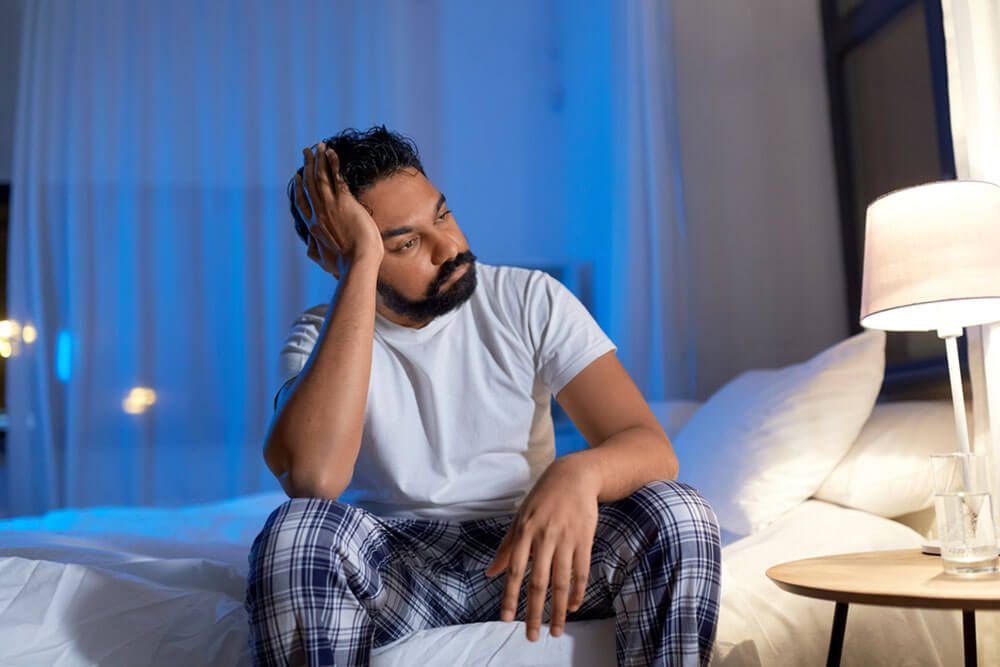Nocturnal Events Definition: Occurrences during sleep that lead to undesirable physical events or sensory experiences. They can result in injury, sleep disruption, and psychological impairment and may help diagnose underlying sleep or medical disorders.
Parasomnias:
NREM Parasomnias: Range from simple events like disorders of arousal to more complex behaviors such as sleep eating, sleepwalking, and sexomnias.
REM Related Parasomnias: Include REM Sleep Behavior Disorder (RBD), recurrent isolated sleep paralysis, and nightmare disorder, among others.
Other Parasomnias: Exploding head syndrome, sleep-related hallucinations, sleep enuresis, parasomnias due to medical disorders, medications, or substance abuse.
Sleep-Related Movement Disorders:
Simple Movements: Occur in specific body parts such as the jaw, trunk, legs, and other normal variants.
Examples: Bruxism (jaw), propriospinal myoclonus (trunk), periodic limb movements during sleep, restless leg syndrome, leg cramps, and various normal variants like hypnagogic foot tremor, sleep start or hypnic jerk.
Primarily in Children: Rhythmic movement disorder, benign sleep myoclonus of infancy.
Miscellaneous: Sleep-related movement disorders due to substance abuse, medical disorders, or medications.
This comprehensive classification helps identify and understand the diverse range of nocturnal events, each with its unique characteristics, impacts, and potential associations with underlying sleep or medical conditions.

